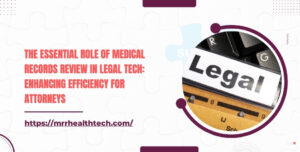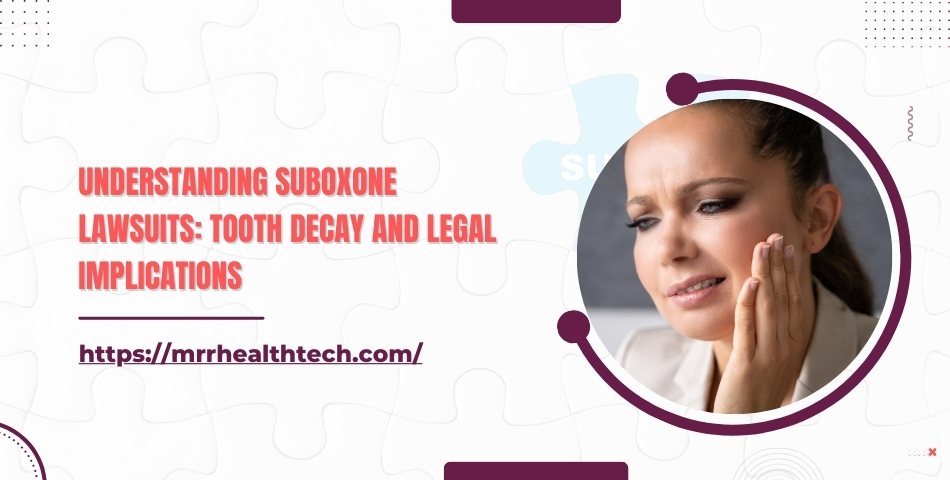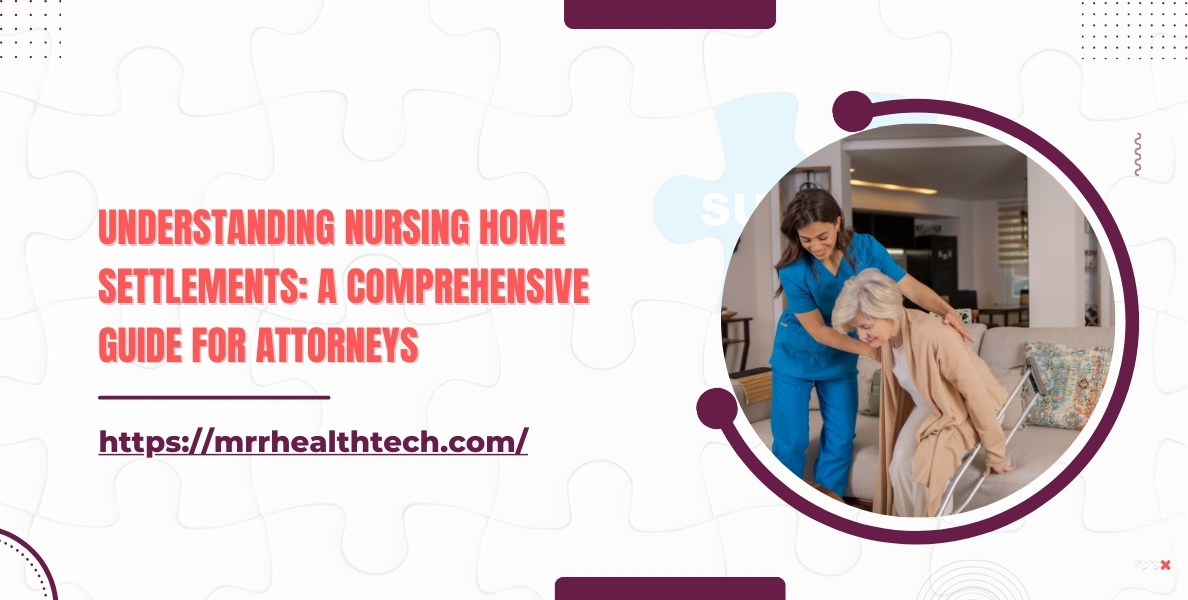
Introduction
One of the most pertinent documents within personal injury law that could make or break a case is the settlement demand package. This package acts as a formal request for payment directed at the insurance company, detailing the damages that need to be compensated. As a medical records review company working with attorneys across the country, we appreciate the delicate balancing act that goes into crafting an effective settlement demand package. In this article, we will outline the various components of a settlement demand package along with medical records review, as well as provide helpful tips in improving your practice.
What it a Settlement Demand Package?
The settlement demand package is arguably the most important single document in a personal injury claim. Its components include:
• Summary of the Incident: Details of the events leading to the injury in question.
• Medical Records: receipts and records for all treatment and other medically related services rendered for the injury.
• Evidence of Damages: Include lost earning’s capacity, other property damages, and any and all direct or indirect financial losses.
• Demand for Compensation: An amount you want to settle the case for.
Significance of an Efficiently Organized Demand Package
An Efficiently Organized Demand Package presents a persuasive argument in addition to establishing a base for negotiations. It is important as far as attorneys are concerned that they have knowledge of what constitutes an effective package so that their clients’ compensation is optimally achieved.
Essential Elements of a Demand For Settlement Package
Summary of the Incident
The summary of the incident must contain a complete description of all the events that caused the injury. This portion includes the following:
• What is the date and Time of the Incident?
• where is the Location?
• Who Were Among the Involved Parties: Provide the Names and contact details of the witnesses, if any.
• Events Description: A story that explains everything that happened and the factors that were relevant.
Examination of Medical Records
Obligations and Responsibilities of Medical Records
Medical records are truly the foundation of any personal injury case. They document any injuries and their accompanying treatments. Scrutinizing these records can assist lawyers pinpoint:
• Non-Accident Medical Issues: The client’s medical history assists in proving causation.
• Cumulative Claim: A documented timeline of received medical treatments indicates the degree of severity of the injury.
• Medical Attention in the future: Considering future medical expenses can have a strong influence on the settlement figure.
How We Assist Attorneys
Our expertise lies in the analysis of medical records, where we pinpoint information that serves to corroborate your case. Some of the services we offer include:
• Medical Record Organization: We undergo the process of gathering, summarizing, and synthesizing medical records to extract pertinent details.
• Relevant Proof Determination: We figure out what important particulars are likely to add value to your demand package.
• Expert Commentary: We analyze the medical records and provide opinion on their potential usage during negotiations.
Evidence of Damages
This part must represent all the economic and non-economic losses associated with the injury. These include:
• Medical Expenses: Itemized billing of all medical expenses including the costs of hospitalization, surgeries, and rehabilitative therapy.
• Lost Wages: Evidence of income not earned as a result of the injury, such as wage documents and employer letters.
• Property Damage: Where appropriate, include estimates of the cost of repairs or replacement of damaged property.
• Pain and Suffering: A narrative account that captures the resultant emotional and physical effects of the injury.
Demand for Compensation
A, damages demand must be logical and substantiated. One has to:
• Provide Specific Figures: State the figure being sought and make it known.
• Justify the Demand: Evidence provided in the package should be adequate to verify the demand.
Case Studies
Case Study 1: Car Injury Accident
Overview of the Case: A client suffered significant neck and back injuries after being rear-ended in a collision.
Challenges: The insurance company argued there were pre-existing conditions which the insured had, thus undermining the injuries’ severity.
Solutions: We performed a meticulous review of the medical records that included the treatment schedule along with the expert opinions concerning pre-existing conditions’ aggravation.
Case Study 2: Slip and Fall Accident
Overview of the Case: A client incurred a wrist fracture after slipping and falling in a grocery store.
Challenges: The store claimed that the client was not paying attention and thus denied all responsibility.
Solutions: We compiled the medical records alongside other testimonies which proved the store was at fault for not providing reasonable safety precautions.
Conclusion
Attorneys aiming at the best compensation for their clients must understand the value of assembling a sturdy settlement demand package. Achieving comprehension of the vital aspects of a demand package will help lawyers use medical records review to bolster the case against insurance companies and their attorneys. This article has been written with the aim of helping legal practitioners raise their demand packages in a sustainable manner.













